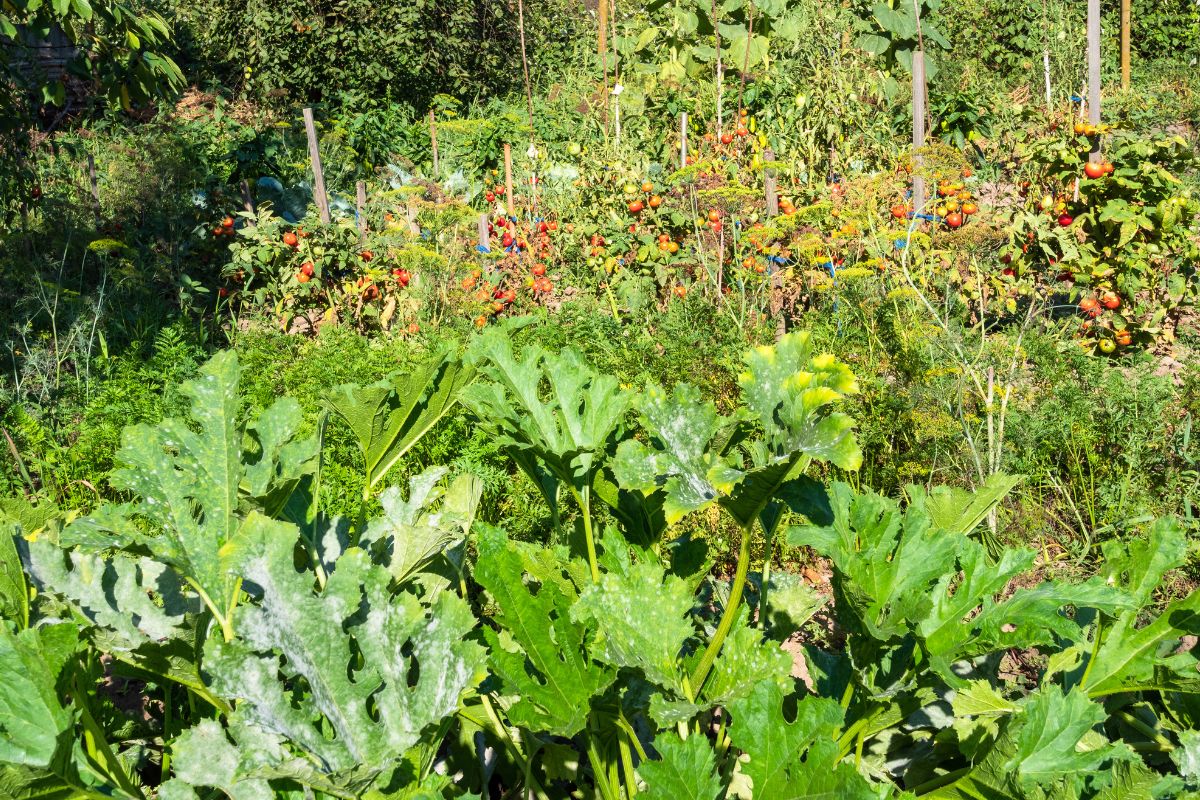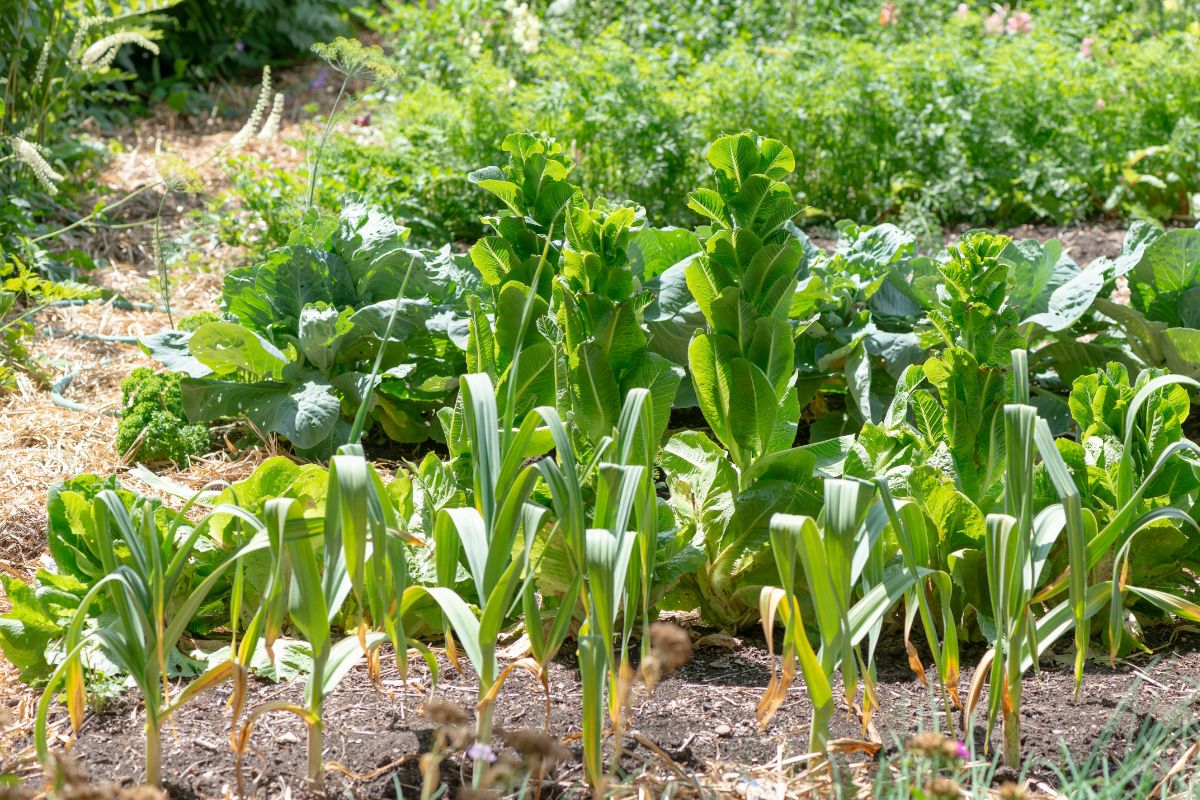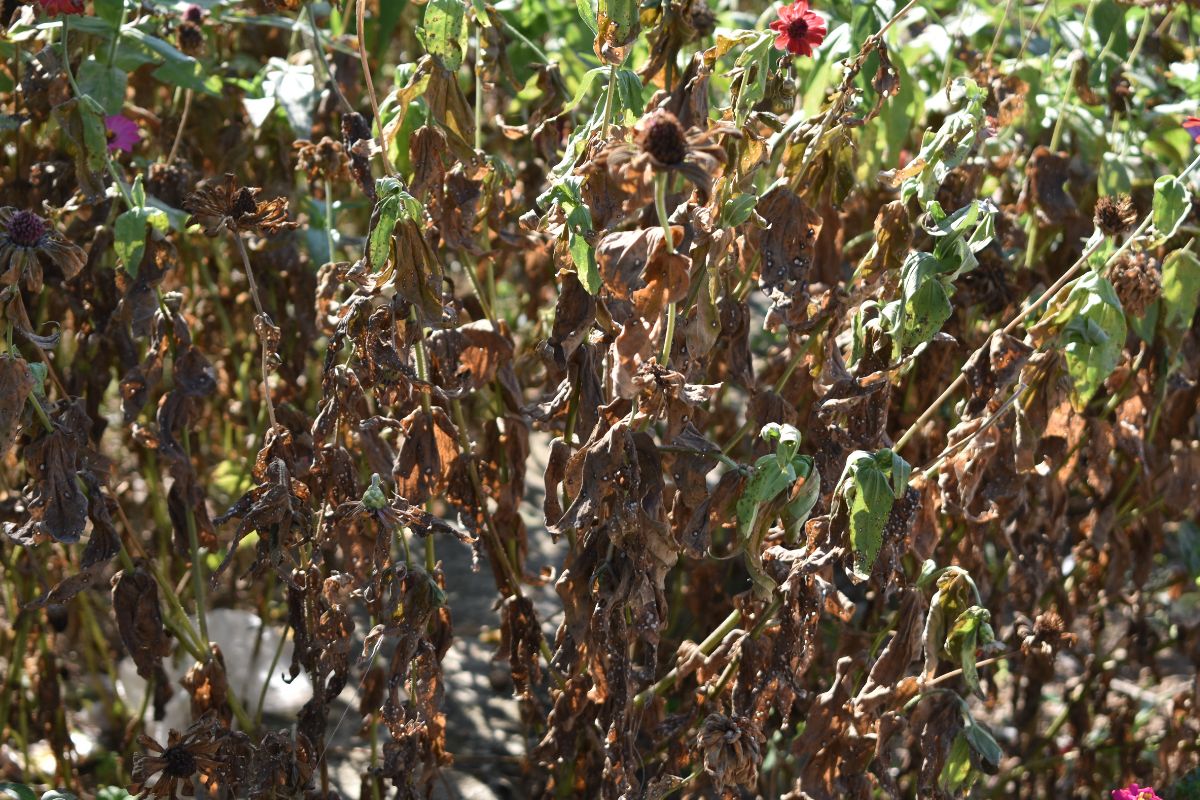There is an inherent rhythm to the life of any garden. Just as gardeners eagerly anticipate the arrival of spring shoots and the vibrant colours of summer blooms, a time inevitably comes when certain plants have completed their life cycle and are ready to make way for new growth. While a degree of sentimentality might be attached to plants that have been carefully nurtured, the removal of plants that are past their prime is a fundamental practice for maintaining a healthy, productive, and visually appealing garden. Understanding the benefits of this practice is particularly important.
Preventing Pests and Diseases
One of the most compelling reasons to remove declining plants is to actively prevent the spread of pests and diseases. Plants that are nearing the end of their natural life often experience stress, which can weaken their defences and make them more susceptible to various issues. These weakened plants can then become attractive breeding grounds and readily available food sources for unwanted pests. For instance, a tomato plant that has finished its productive phase, characterised by yellowing leaves and a decline in fruit production, might attract aphids, whiteflies, or other common garden pests. These pests can then easily migrate to healthier plants in the vicinity, causing further damage and potentially impacting the overall health of the garden.
Similarly, plants that are in decline are often more vulnerable to fungal diseases. For instance, powdery mildew, a common fungal disease, especially during periods of high humidity, can readily colonise stressed plants. This disease, recognisable by its white, dusty coating on the leaves, can rapidly spread to other susceptible plants, including cucumbers, zucchini, and pumpkins. Promptly removing the affected plant helps to contain the problem and protect other healthy crops from infection.
Enhancing Visual Appeal
Beyond the crucial aspect of plant health, removing spent plants offers a tangible improvement to the visual appeal of a garden. A garden that is filled with plants exhibiting yellowing foliage, a straggly appearance, or signs of decay can detract significantly from the overall beauty of the outdoor space. The removal of these tired elements can instantly rejuvenate the look of garden beds, creating a more visually pleasing environment. Consider annual flowers that have passed their peak; while they may have once provided a burst of vibrant colour, they often become leggy and produce only a few sparse blooms as they near the end of their life cycle.
Maximising Garden Productivity by Making Room for New Plants
Removing plants that are past their best is also crucial for making room for new, more productive plants. Every garden has limited space and allowing tired or unproductive plants to remain prevents you from growing new crops. For example, once a vegetable plant like a tomato or cucumber has finished producing its harvest or is succumbing to disease like mildew, it continues to occupy valuable space and resources. By removing these spent plants, you create opportunities to sow new seeds or plant seedlings that are in their prime, ensuring a continuous cycle of growth and harvest throughout the gardening year. This practice allows you to maximise the productivity of your garden and enjoy a greater variety of plants.
Improving Airflow and Sunlight
Dense, dying, or unproductive foliage can also impede crucial airflow and block sunlight from reaching healthy plants growing beneath. Restricted airflow can lead to increased humidity around plants, creating an environment conducive to the development of fungal diseases. By removing old, overcrowded plants, gardeners can significantly improve both air circulation and the amount of light that reaches the remaining healthy plants, fostering a more favourable environment for them to thrive.
Preventing Self-Seeding
Managing plant propagation is another important consideration in maintaining a well-kept garden. While the self-seeding of certain annual flowers can be a welcome occurrence, other plants that are past their prime may release seeds that the gardener does not necessarily want spreading throughout the garden. Removing these plants before they reach full seed maturity can help gardeners retain control over what grows in their garden beds and prevent the emergence of unwanted seedlings in unexpected locations. This proactive approach to managing self-seeding contributes to a more organised and intentional garden design.
Enhancing Soil Health
The act of removing a plant that has reached the end of its productive life presents an excellent opportunity to enhance the soil for future plantings. After removing the old plant, consider incorporating compost or well-rotted manure into the soil. This practice helps to replenish essential nutrients that may have been depleted by the previous plant, improving the overall fertility and structure of the soil for subsequent growth. Furthermore, if the removed plant exhibited signs of disease, it is generally advisable to avoid planting the same type of plant in the same location for a certain period. This precaution helps to reduce the risk of soil-borne diseases persisting and affecting new plants. Implementing crop rotation practices can also further minimise the potential for disease buildup in the soil over time.
Common Examples
Consider these common scenarios in a garden to further illustrate the benefits of removing spent plants:
- The Tired Tomato Plant: After several months of producing delicious tomatoes, the plant may begin to look exhausted, with yellowing leaves and minimal fruit production. At this stage, it has likely reached the end of its natural life cycle and is best removed to make room for a new round of planting.
- The Mildew-Covered Cucumber: As previously mentioned, powdery mildew is a frequent issue on cucumber plants. Removing the affected plant promptly is essential to prevent the fungal disease from spreading to other plants in the garden.
- The Straggly Annual Flower: That petunia or zinnia that once provided a vibrant splash of colour may now appear tired and produce very few flowers. Pulling it out will create space for planting fresh, vibrant annuals for the next season, ensuring a continuous display of blooms.
- Bolted Vegetables: Vegetables such as lettuce and spinach tend to "bolt," sending up a flower stalk, in warmer weather conditions. Once this occurs, the leaves become bitter and less palatable. It is best to remove these bolted plants to make space for new sowings of more desirable crops.
While it may evoke a touch of melancholy to bid farewell to a plant that has been cared for, it is important to recognise that removing plants past their prime is an indispensable element of the natural gardening cycle. It is an act of responsible garden management that contributes significantly to preventing pest and disease outbreaks, enhancing the aesthetic appeal of the garden, maximising productivity by freeing up space, and ensuring the ongoing health of your garden. Gardeners should not hesitate to respectfully remove tired plants, making way for new life and the promise of vibrant growth in their patch.








